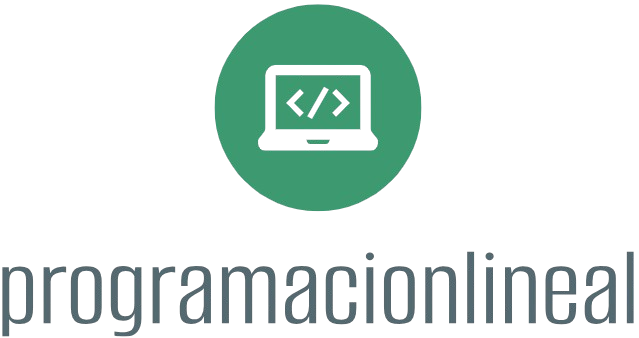Building a mobile app involves several key steps, from initial planning to deployment and maintenance. Here’s a comprehensive step-by-step guide to help you through the process:
How to Build a Mobile App: A Step-by-Step Guide
1. Define Your Idea and Goals
What You’ll Do:
- Clearly articulate your app’s purpose, target audience, and main features.
How to Do It:
- Conduct market research to validate your idea and understand user needs.
- Create a detailed app concept with core functionalities and user stories.
Example:
- Define your app as a task manager with features like to-do lists, reminders, and collaboration tools.
2. Create a Project Plan
What You’ll Do:
- Develop a roadmap outlining the app development process, including timelines, milestones, and resources.
How to Do It:
- Draft a project plan that includes key phases such as design, development, testing, and deployment.
- Set realistic deadlines and allocate tasks to team members if applicable.
Example:
- Create a Gantt chart showing project phases and deadlines for design, development, and testing.
3. Design the User Experience (UX)
What You’ll Do:
- Focus on creating a user-friendly and intuitive app experience.
How to Do It:
- Develop wireframes to outline the app’s layout and user flow.
- Create prototypes to visualize the app’s design and functionality.
Example:
- Use tools like Figma or Adobe XD to design wireframes and interactive prototypes.
4. Design the User Interface (UI)
What You’ll Do:
- Develop the visual aspects of the app, including colors, typography, and icons.
How to Do It:
- Design the app’s interface based on the wireframes and prototypes.
- Ensure the design is consistent and adheres to platform-specific guidelines (iOS Human Interface Guidelines, Android Material Design).
Example:
- Create high-fidelity mockups that illustrate the final look and feel of the app.
5. Choose Your Technology Stack
What You’ll Do:
- Select the appropriate tools and technologies for building your app.
How to Do It:
- Decide between native development (Swift for iOS, Kotlin for Android) or cross-platform frameworks (Flutter, React Native).
- Choose backend technologies (Node.js, Django, Ruby on Rails) and databases (Firebase, MongoDB, SQL).
Example:
- Opt for Flutter to develop a cross-platform app with a single codebase for both iOS and Android.
6. Develop the App
What You’ll Do:
- Write the code and implement the app’s features according to your design and specifications.
How to Do It:
- Set up your development environment and start coding.
- Develop the frontend and backend components, integrating them as needed.
- Implement core features and functionalities.
Example:
- Build the task management features, including task creation, editing, and notification functionality.
7. Test the App
What You’ll Do:
- Ensure your app is free of bugs and performs well across different devices and scenarios.
How to Do It:
- Conduct various types of testing, including unit testing, integration testing, and user acceptance testing.
- Perform testing on real devices and emulators to cover different screen sizes and operating systems.
Example:
- Use tools like XCTest (iOS) or Espresso (Android) for automated testing and perform manual testing to identify usability issues.
8. Prepare for Launch
What You’ll Do:
- Get your app ready for distribution and promotion.
How to Do It:
- Create app store listings with compelling descriptions, screenshots, and promotional materials.
- Set up app analytics and monitoring tools to track performance and user behavior.
Example:
- Submit your app to the Apple App Store and Google Play Store, adhering to their submission guidelines and review processes.
9. Launch the App
What You’ll Do:
- Release your app to the public and start promoting it.
How to Do It:
- Announce the launch through various channels such as social media, press releases, and marketing campaigns.
- Monitor the app’s performance and user feedback.
Example:
- Run a launch campaign with targeted ads and engage with users on social media platforms to generate buzz.
10. Maintain and Update the App
What You’ll Do:
- Continuously improve and update your app based on user feedback and technological advancements.
How to Do It:
- Fix bugs, release updates, and add new features to keep the app relevant and functional.
- Analyze user data and feedback to make informed decisions about future updates.
Example:
- Implement feature requests from users and update the app to support the latest operating system versions.
Summary
Building a mobile app involves defining your idea, planning, designing, choosing the right technology stack, developing, testing, and launching your app. Continuous maintenance and updates are essential to keep your app relevant and useful to users. By following these steps, you can create a successful mobile app and deliver a valuable experience to your audience.











